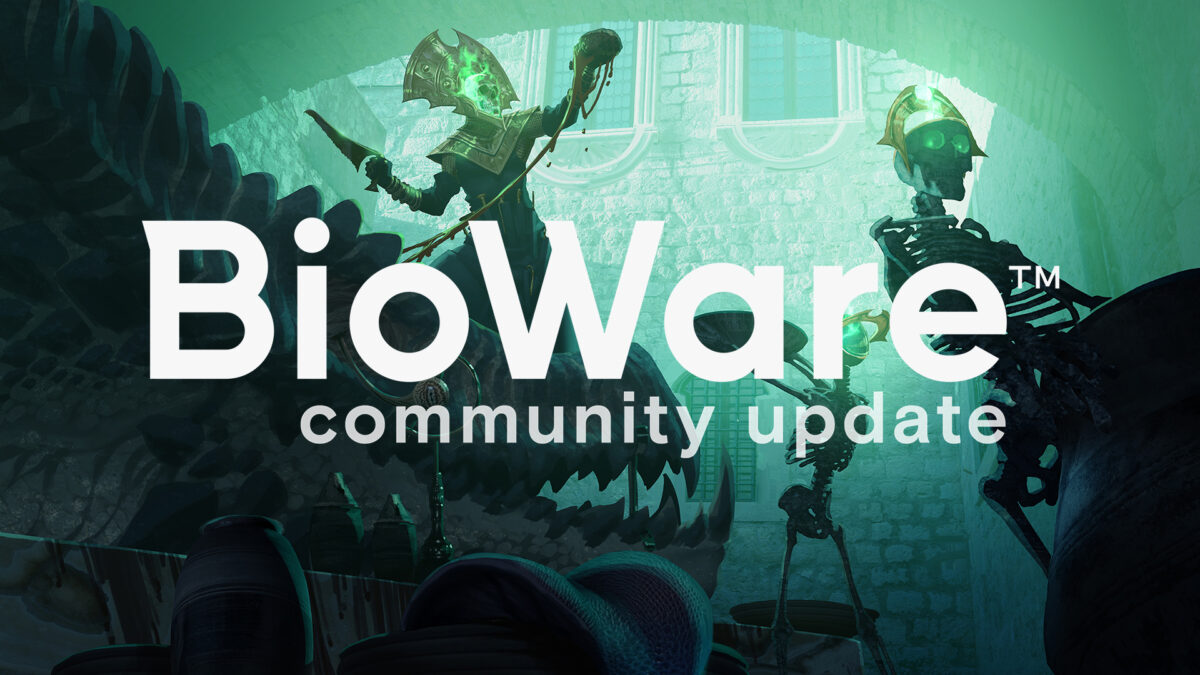Welcome to the first Community Update of 2023!
As promised in our last BCU, this time around we’re discussing what our game designers are up to. The responsibilities of a game designer can differ from studio to studio, so we’ll first jump into how our team is handling the design work for Dragon Age: Dreadwolf™. Let’s get to it!

When we use the term “designer,” we aren’t referring to someone who visually creates outfits or environments, as you might expect from a fashion or landscape designer in the real world. In game development, those would be our artists. Our designers help craft, balance, and conceptualize the player’s journey—working with artists, programmers, writers, and more to build out the game in a highly collaborative process.
In this blog, we’ll look at a key RPG system and how three distinct types of game designers are involved in making them.
- Systems Designers work on a variety of features across the game, like skill trees and difficulty levels. Their goal is to create a vision for features that will directly impact the player’s experience.
- User Experience (UX) Designers, collaboratively with systems designers, take the vision and explore how players will interact with it by creating mock-ups and early user flows.
- Technical UX Designers then build it in-engine, working with the systems and UX designers in a constant back-and-forth, keeping the player’s experience and usability in mind at all times.
There are many other kinds of designers, too! Gameplay designers focus on creating and balancing the moment-to-moment gameplay, technical level designers create the building blocks for level designers to map out the player’s journey through locations, technical UI designers tailor how information is clearly surfaced to the player, cinematic designers craft scenes for the best storytelling experience, and narrative designers make sure the story’s flow of information to the player is a cohesive experience.

Now that we’ve gone over the basics of being a game designer, we’re going to talk about how they’re working together on Dreadwolf. Past Dragon Age™ games have all handled RPG systems, such as the player’s progression, differently, so naturally, we’re being just as experimental on Dreadwolf, taking the learnings of the past while also trying something new.
Skill Trees are a fundamental part of a deep RPG experience and give our players the ability to customize how their character functions in combat. A key belief on the team is that when a player invests a skill point, it should have a clear, tangible effect on the game, such as an ability or impactful perk. What those are and how they’re implemented in-game is handled by multiple designers, starting with a Systems Designer!
Luke Barrett: Whenever we're envisioning something new, we're always presented with a Problem Statement we're trying to solve. Sometimes, especially for larger systems, they are very high-level, such as “The Player needs meaningful choices as they progress through the game,” or “The Player needs to feel more powerful as they progress through the game.” Together, these combine into a variety of different ideas as there are many ways to solve those problems, so it helps as a general rule to start introducing constraints and Player Statements to narrow things down. A Player Statement might be something like, "As a Player, I want my choices to matter.” Through the use of working sessions and brainstorming meetings, we narrow down what type of solution we want to pursue and then move on to doing competitive analysis. In this case, we made a vision board with pictures of skill trees, talents, etc. with a list of pros and cons. We also counted how many unique nodes existed and how far the player could realistically invest.
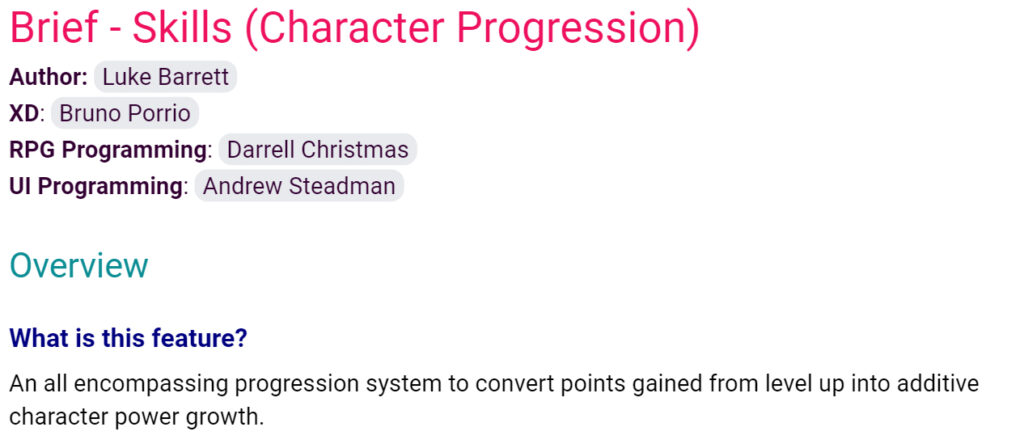
Luke, cont.: We take all of this information and write up a vision doc (sometimes called a 1-pager, design doc, or brief) that’s intentionally very brief and digestible and pulls together all of these problems, constraints, and user statements. It encapsulates our goals for how the design will solve them. Here is an example of two of our original statements and some bullet points under them:
- As a Player, I can drive my character’s power through node acquisition
- Nodes grant significant power gains. Each purchase feels meaningful
- All node purchases are additive power gains; nothing feels like a useless purchase to get to “real” nodes
- A variety of types of nodes grow the character in multiple ways, not just stats
- As a Player, I can explore the various nodes in the skill tree and make a plan
- Player must be able to fully navigate the skill tree regardless of investments
- Nodes have clear descriptions and videos where applicable
- Player has an understanding of how many total points they have to work with
We really wanted to have something that allowed the player to character-build in a way that allowed them to reach their “player fantasy.” And because we're supporting so many choices, we've designed something that can be customized widely, as opposed to a more linear progression system.

Luke, cont.: Once we have enough constraints and player statements together, then we (finally!) start building the design. This is where we start doing prototypes and work with UX to flesh out ideas to see how a design may feel, both as its own entity and how it works with the rest of the game. Fun fact: I built a very early prototype in Excel for one of the ways we thought about solving the Problem Statements using a lot of buttons and scripting. (Important note: Designers aren't programmers! :) )
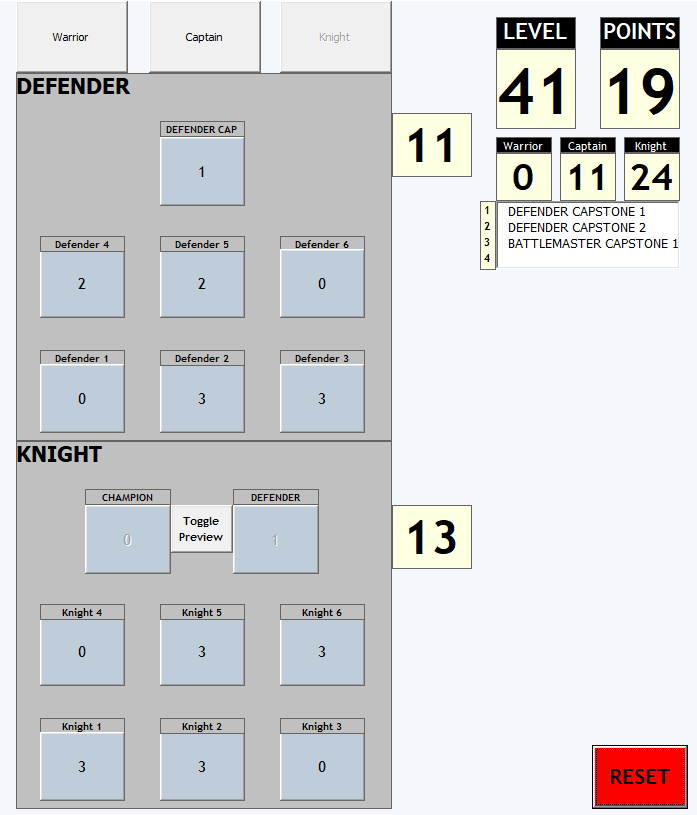
And that’s just the beginning! Once a game designer like Luke has established the vision of the feature to address the Problem Statement, it then moves over to one of our UX Designers to start exploring how our players might interact with it.
Bruno Porrio: As a UX designer, my job is to approach design in Dreadwolf from a player-experience perspective. Our team partners up with other devs across the project and through ideation, prototyping, iteration, research, and feedback we help shape the vision for how players will interact with the game—from in-world signs and how the player affects the world to user interfaces and interaction design. Let’s use the skill tree as an example. We take what starts as an early vision from the systems design team and poke holes, ask questions, and start developing what the feature will look and feel like (in this case, through user-interface design). We usually start with sketches, interactive wireframes, mock-ups, or in-game prototypes and validate them through testing and multiple rounds of feedback. At the end of the day, it’s a process where the system informs the experience design, and the experience design helps shape the system.

Bruno, cont.: After multiple rounds of iteration and validation, we landed on the finalized design of the skill tree (which we can’t wait to show you). It was very important to us that the fantasy of playing a certain class and the customization options would come across clearly and at a glance without overwhelming the player. It was key to our team to take something that is usually complex and make it accessible and simple to read. Overall, I love the skill tree. Not only because it’s an intuitive, fun part of our game, but because it’s also a great example of how the Experience Design team can help craft the vision in partnership with the systems design team.
From there, another designer jumps in to take the vision and mock-ups and turn them into something tangible in the Frostbite engine. We call those devs our Technical UX Designers. Game Designers, UX Designers, and Technical UX Designers constantly work together, providing back-and-forth feedback on each other’s work all the way until a feature is completed.
Kelsey Wicentowich: Once the design is in a good place and the system has been stood up, it's passed over to a Technical Designer (like me!) for implementation. Technical UX Designers are actually a relatively new position at BioWare. The first ones were originally brought on a few years ago to help bridge the gap between the UX designers, programmers, and artists as UI (user interface) technologies changed and advanced.

Kelsey, cont.: We use mock-ups provided by the UX Designer as a starting point and build out the UI in-game, including the general layout and navigation of the screen. Every UI is a collaborative effort between the XD (Experience Design) team and other pillars of the game team. We go back and forth with programmers and other game designers to figure out how to gather the data we need to display to the player. Larger features, like the character screen, really come alive once you start pulling in even more departments like character design and lighting to bring it all together. But the work doesn't stop once the feature is functional in-game. It's at this point that we can truly start to evaluate how it feels and how it reads to a player. Does the navigation work well? Is the information overwhelming or confusing? Designs change and iteration continues until we find the right balance between the designer's vision and the player experience.
From features like the Detailed Stats page that cater to RPG enthusiasts to hand-crafted locations you’ll come to explore and more, design is a topic we could talk about endlessly. It’s a subject we’ll likely touch on again in the future, too, when we talk about other parts of game development, so keep an eye out!

Every week, we see so much amazing community artwork from all of you. It’s always a delight to share some of the incredible pieces here! Seeing you bring these characters to life in unique styles is such a wonderful treat for everyone on the team.
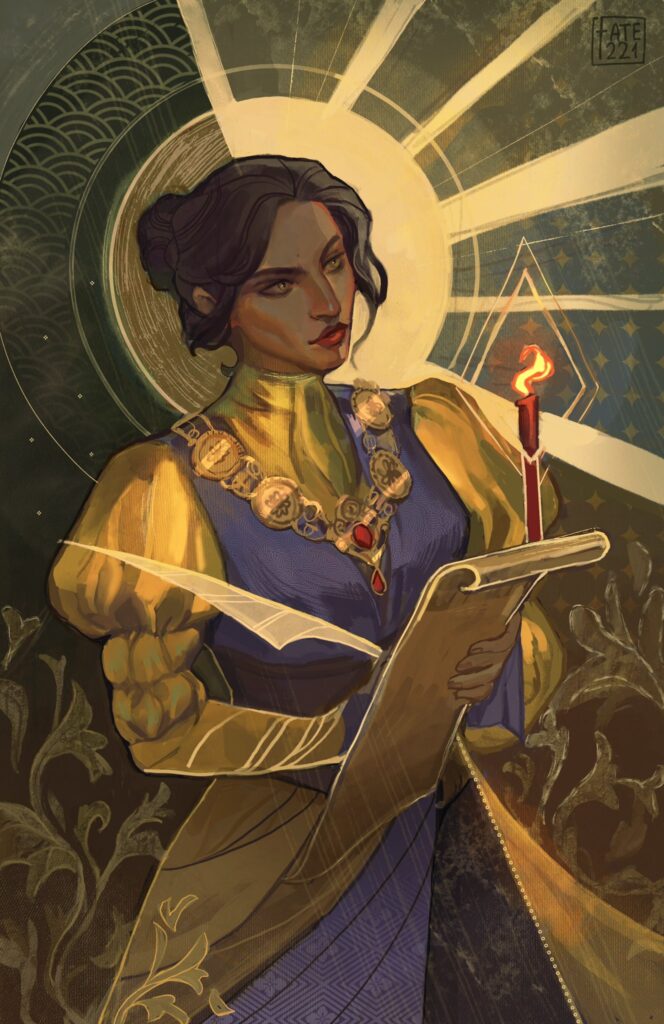
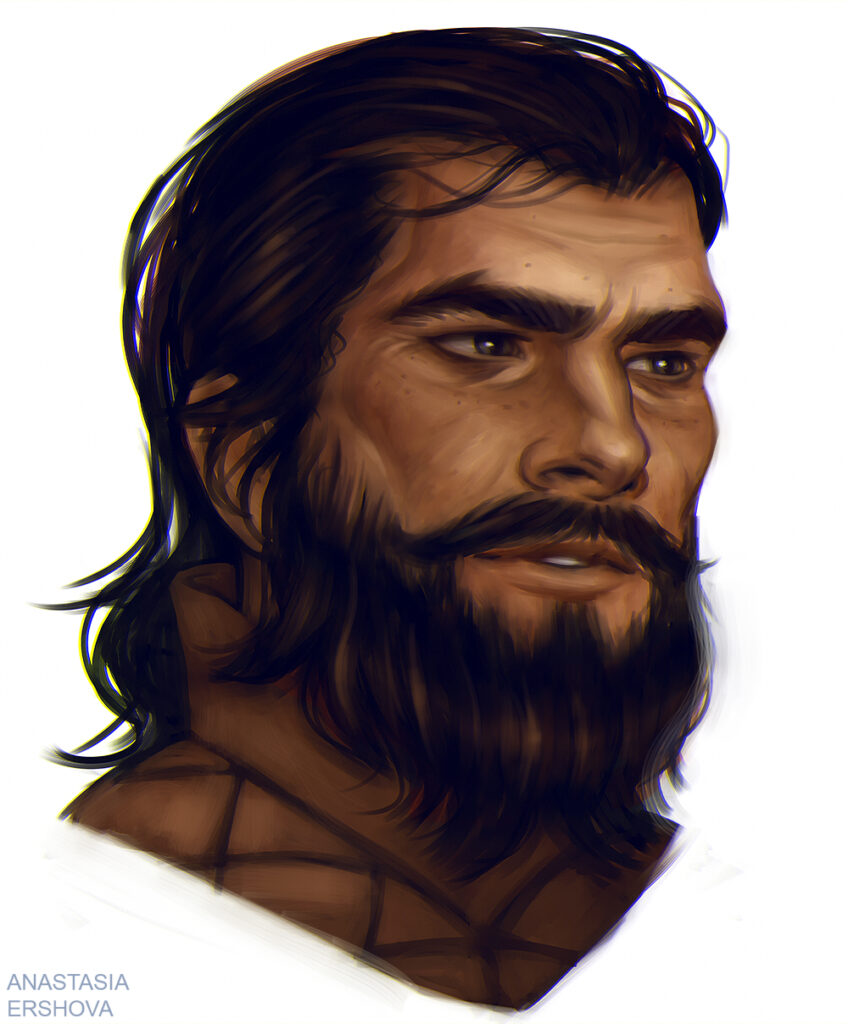
Josephine by Lohyna | Blackwall by Needlesslycryptic


Rezaren by ChevalierLogan | Hira cosplay by Chaosbria
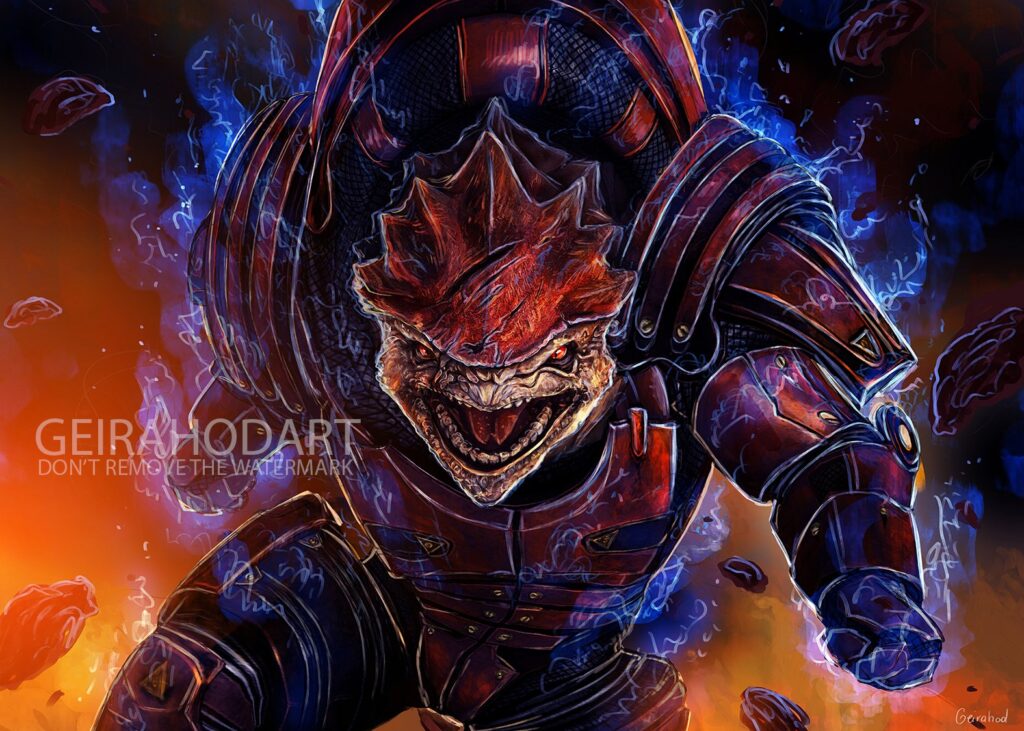
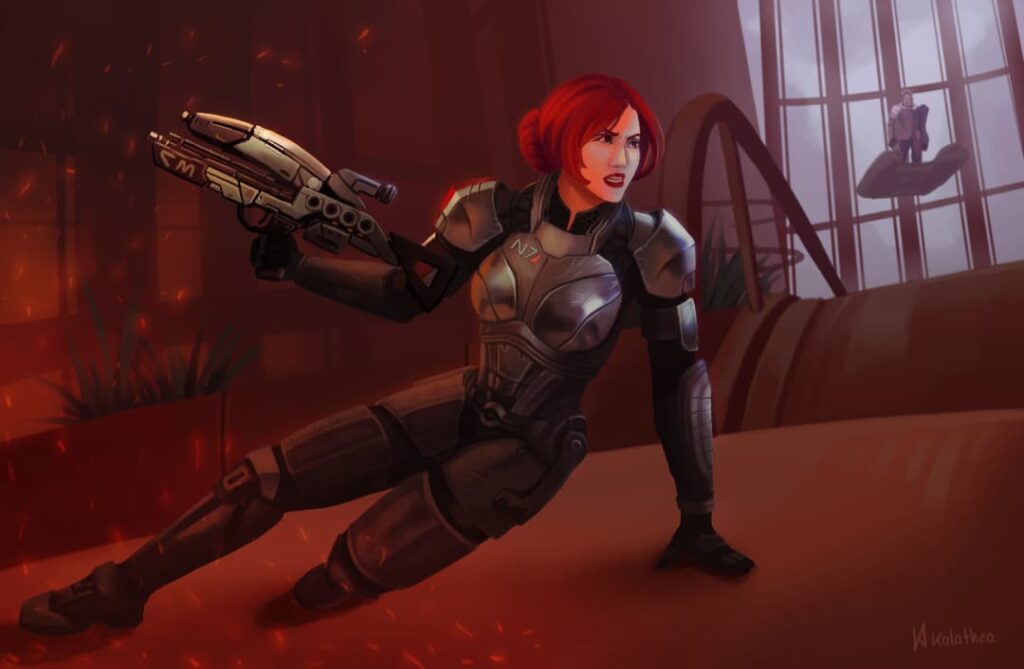
Wrex by Gierahod | Commander Shepard by Kalathea
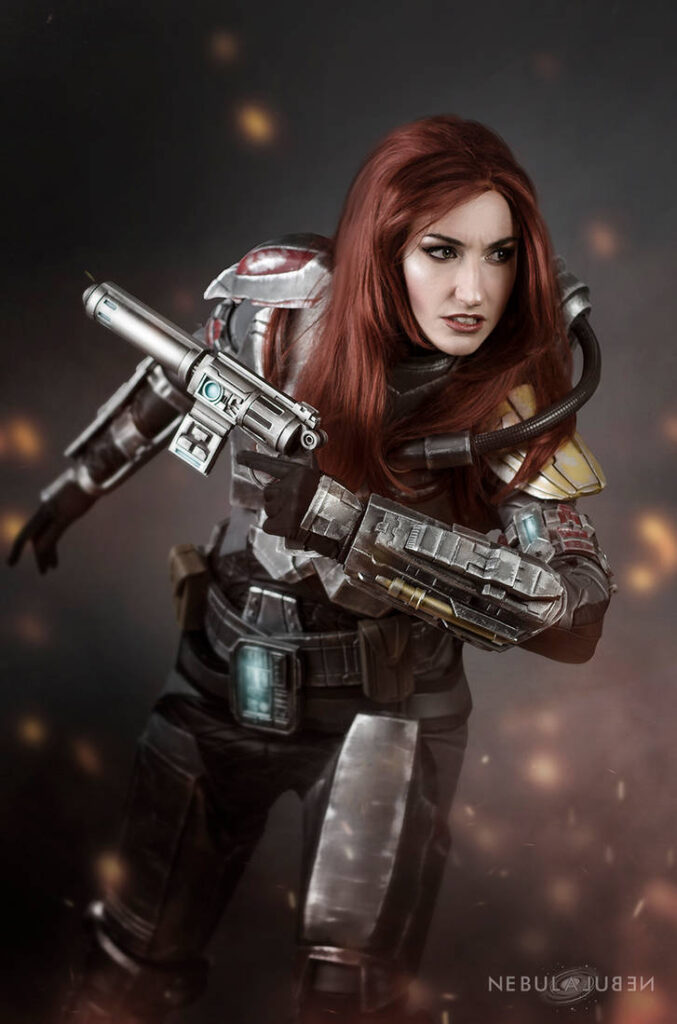
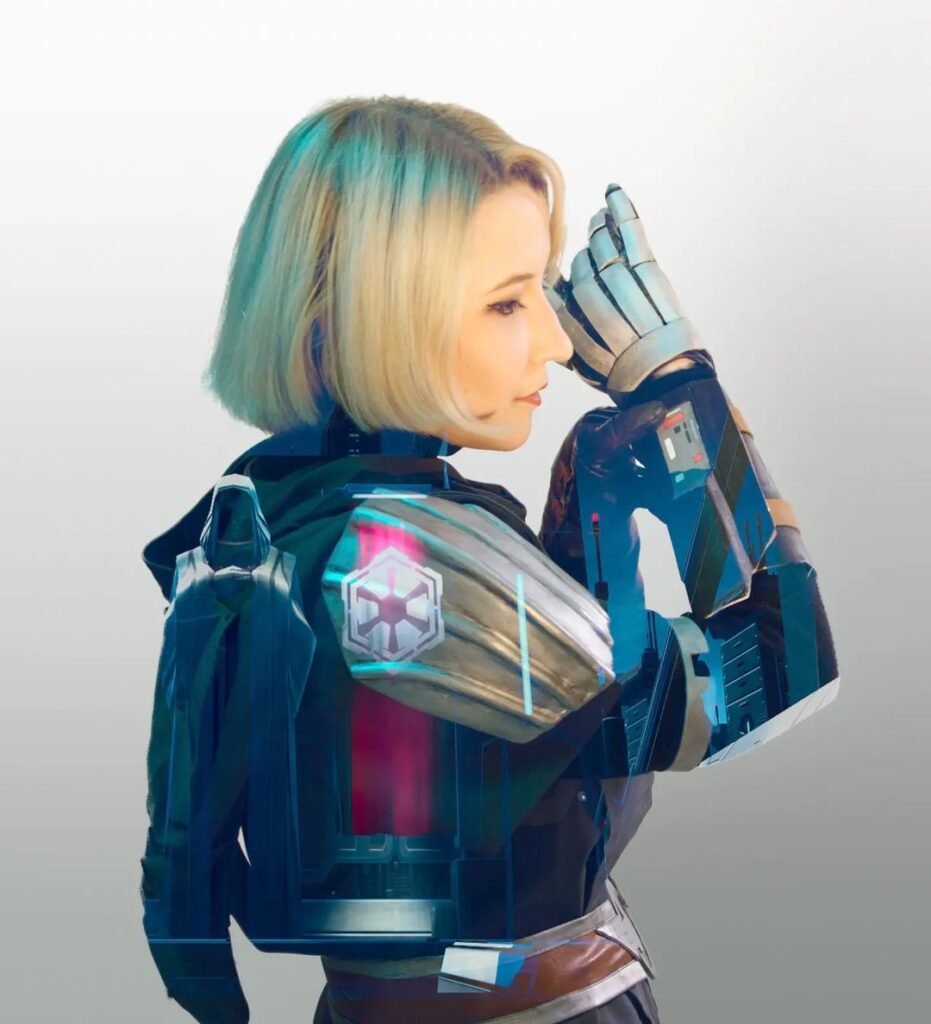
Shae Vizla by Nebulaluben | Lana Beniko by nastasiyafun
And of course, a classic Shepard moment we’ve all had.
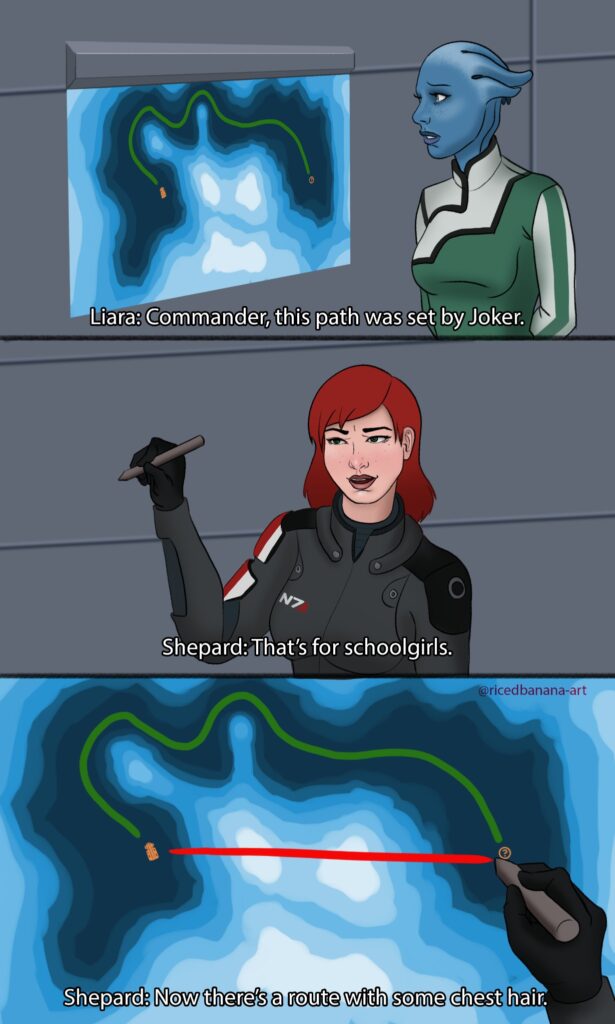
Commander “Zapp” Shepard by ricedbanana

This year, we also wanted to provide you all with a direct way of asking us questions. Now, we can’t answer every question, but we’ll try to answer what we can in our upcoming BCUs. There will undoubtedly be some that we’ll have to save for later, though.
Questions like “when will a big reveal trailer drop?” or “when does the game come out?” are things we’ll save for official announcements. However, if you have questions about a BCU’s topic (including past BCUs), games we’ve made, or other relevant questions that come to mind, please feel free to ask! You can even just ask a fun question you want devs to answer.
We’ll be keeping an eye out on Twitter (#AskBioWare), community subreddits, and community Discord servers for questions you all want to have answered. We’re looking forward to answering some!

Thanks for giving this a read! We hope you learnt something new and better understand how we’re crafting Dreadwolf. Everything we do is in hopes that we can make something great for you, and getting to talk about that is something we’re eager to do. We have a lot more we want to talk about, too.
As always, please let us know what you think of these blogs! We love hearing your thoughts—it really helps us when we’re deciding on the things we want to share.
Until next time!
—The BioWare Team
